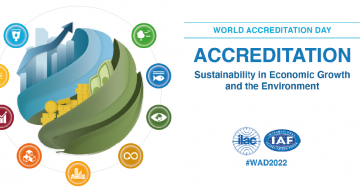An active entertainment (AE) is a service whereby an activity is offered to one or more consumers for their entertainment and/or recreation:
- during which the consumer needs to actively participate;
- during which the participant needs to make a physical effort;
- during which the participant needs to use particular knowledge, skill or technique in order to carry out the activity in a safe manner.
This involves activities such as:
- wall-climbing;
- karting;
- kayaking;
- caving;
- horse-riding;
- trampoline parks;
- aerial courses;
- paintball;
- etc.
This does not involve:
- activities organised by accredited youth work initiatives;
- activities organised by a sports club, association or federation for their members, as part of their sporting activity.
When organising such an event, attention must be paid to a series of organisational aspects. This also includes the safety of the event. A well-developed and structured safety plan will help you organise a safe sporting activity or event and meet the requirements of the legislation.
Regulations
An event may only take place if it satisfies the general safety regulations determined in the Code of Economic Law, Book IX concerning the safety of products and services.
For active recreational events, the requirements in this law are elaborated and complemented by the Royal Decree of 25 April 2004 on regulations for the organization of active recreational events.
Conditions for organising an active recreational event
In order to meet the safety requirements for organising an active recreational event, the following steps must be followed:
- the organiser draws up a risk analysis;
- the organiser identifies preventative measures;
- the organiser applies these preventative measures;
- the organiser appoints a person in charge, who has to be present throughout the duration of the active recreational event;
- the organiser takes measures to prevent participants and third parties from being exposed to unacceptable risks.
A model safety schedule for organising sporting activities and events has been developed as a guideline to support the organisers of such activities.
The consumers or users must be aware of the following information:
- the name and address of the organiser;
- the nature of the prior knowledge, skill or technique required;
- any other relevant information.
Remember that signs with warnings such as “use at your own risk” (or similar) are not allowed.
Risk analysis
The purpose of a risk analysis is to be able to demonstrate that all hazards have been identified, that the related risks have been assessed and that any unacceptable risks have been made acceptable with the use of preventive measures.
On the web page “Risk analysis of services: which elements must be present?” the FPS Economy clarifies what a risk analysis should be, along with its content and which elements should be included.
Obligation to report
Any serious incident and accident to a participant or third party during active entertainment must be reported immediately to the Central Helpdesk.
Use the accident or serious incident notification form (DOCX, 44.98 KB) (in French).
- A serious accident is a fatal accident or an accident that causes or could cause a permanent injury.
- A serious incident is an incident that leads or could lead to a serious accident.

